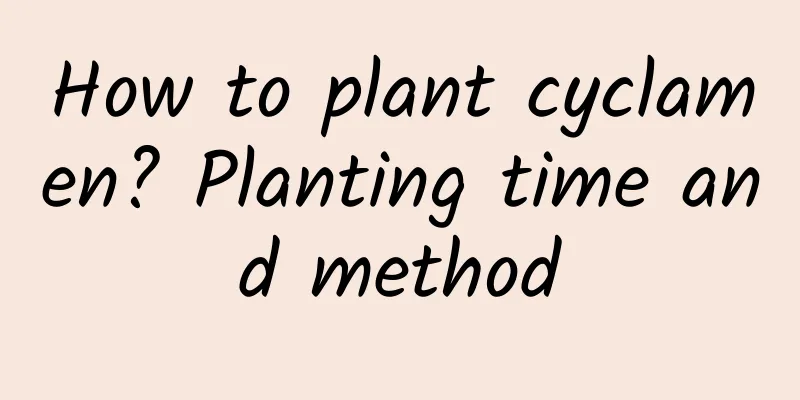Method for making yellow storage corn straw feed

|
Yellow storage corn, also known as yellow storage corn, is a feed obtained by chopped corn stalks and then fermented with anaerobic lactic acid bacteria under closed anaerobic conditions to inhibit the reproduction of miscellaneous bacteria. Let’s learn about the production method of yellow storage corn straw feed . 1. Harvest Generally, corn can be harvested in the late waxy stage, when the bracts of the cob turn white and 5 to 6 leaves on the lower part of the plant turn yellow. In order to prevent the loss of moisture in the raw materials, they should be transported and stored immediately after being harvested. Of course, it is best not to harvest, transport or store materials on rainy days to reduce soil contamination. 2. Chop First, chop the corn stalks into pieces. The length of the pieces should be 1 to 2 cm. This will allow the moisture in the stalks to be fully released, making it easier for fermentation. It is also easier to compact, expelling excess air and creating anaerobic conditions. In order to protect the raw materials from exposure to sunlight, they can be chopped next to the storage cellar. 3. Filling the cellar The chopped raw materials should be put into the cellar in time. Except for the bottom layer, water should be evenly added to each layer to make its moisture reach 65% to 70%. When you press the grass ball with your hand, there should be water between your fingers but no dripping. In order to increase the yellow sugar content of straw and the reproduction of lactic acid bacteria, about 0.5% bran or cornmeal can be added. 4. Compaction During the filling process, compact each layer and fully expel the air. You can use tractors, loaders and other machinery to compact the ground, and make sure all sides and corners are compacted. 5. Sealing When the raw materials are filled to a height of 40 to 50 centimeters above the cellar entrance and the cellar top is higher in the middle and lower around, forming a steamed bun shape, the cellar can be sealed. Cover the top of the straw with plastic film and seal it tightly on all sides. You can use soil to press it down. The soil layer should be 30 to 50 cm thick and the surface should be patted smooth. Dig drainage ditches around it to prevent rain from seeping in. Check frequently after production. If any sinking, cracks, or damage is found, fill them in time to prevent air leakage. The cellar can be opened and used 40 to 50 days after sealing. 6. Notes The amount of water needs to be estimated based on the moisture content of the straw, and the overall moisture content should be controlled at 65-70%. The detection method is still the grasping method. In order to improve the nutritional value of yellow storage, ammonia or urea can be added appropriately to increase its protein content. After completion, inspections should be carried out and any air or water leaks should be dealt with in a timely manner. That’s it |
<<: How to remedy overwatering of succulents, how to water succulents correctly
>>: What fertilizer to use for succulents? How to fertilize succulents?
Recommend
How to water flowers with salt water
Can salt water be used to water flowers? Light sa...
How to care for and water Kalanchoe in summer?
With the arrival of summer, many flower lovers ar...
How many days does it take for purple bamboo plum cuttings to survive, and what is the survival rate
1. How to take cuttings When taking cuttings, cho...
How to grow Lina lotus succulent
Lina lily needs to choose soil with strong air pe...
What are the common types of Dendrobium?
Huoshan Dendrobium: Huoshan Dendrobium is the mos...
Maintenance methods and precautions of sea daffodils
How to care for sea daffodils Soil selection for ...
Mirror grass hydroponic method
1. Treat the roots Take the plant out of the orig...
Is it good to grow azalea at home?
1. Benefits of breeding 1. Decorate your home: Az...
10 pots of flowers with a very long flowering period. Grow one pot and you can enjoy flowers all year round!
Rose Flowering period: May to November There are ...
How to prune the tiger skin plant if it is too tall
1. Cut it short directly During the maintenance p...
How to cultivate iron tree
Cycad growth conditions The iron tree likes light...
What should I pay attention to during the tomato fruiting period? Do I need to pollinate?
1. What should you pay attention to during the fr...
How to take care of newly bought hydrangeas
1. Proper pruning After buying a new hydrangea, y...
What to do if the goldfish plant does not bloom
1. Increase lighting The goldfish spider plant ne...
Does “Asparagus fern” always have yellow leaves? It’s not that you can’t grow it well, it’s that you didn’t choose the right soil!
Especially for plants with thin branches like asp...









